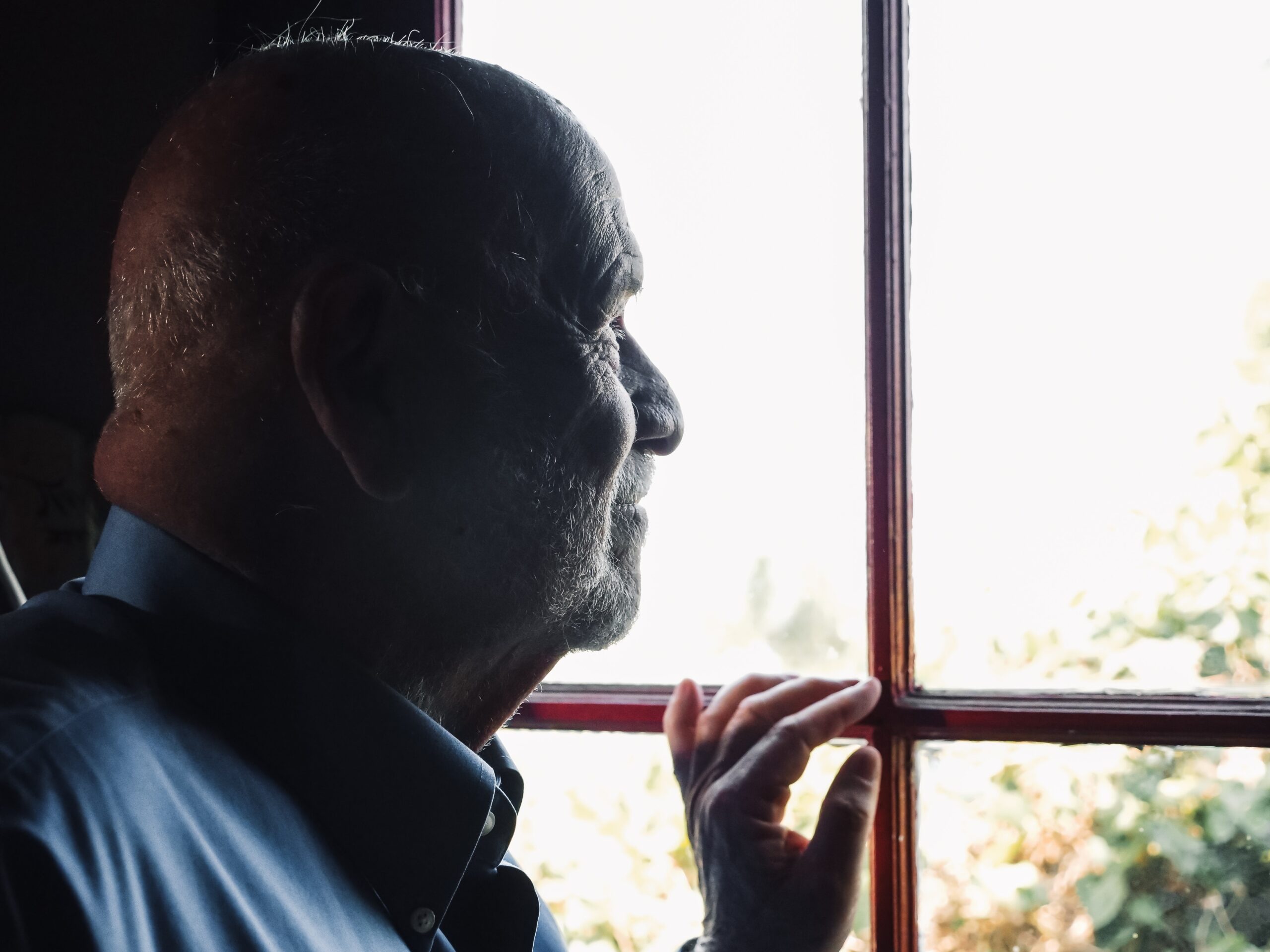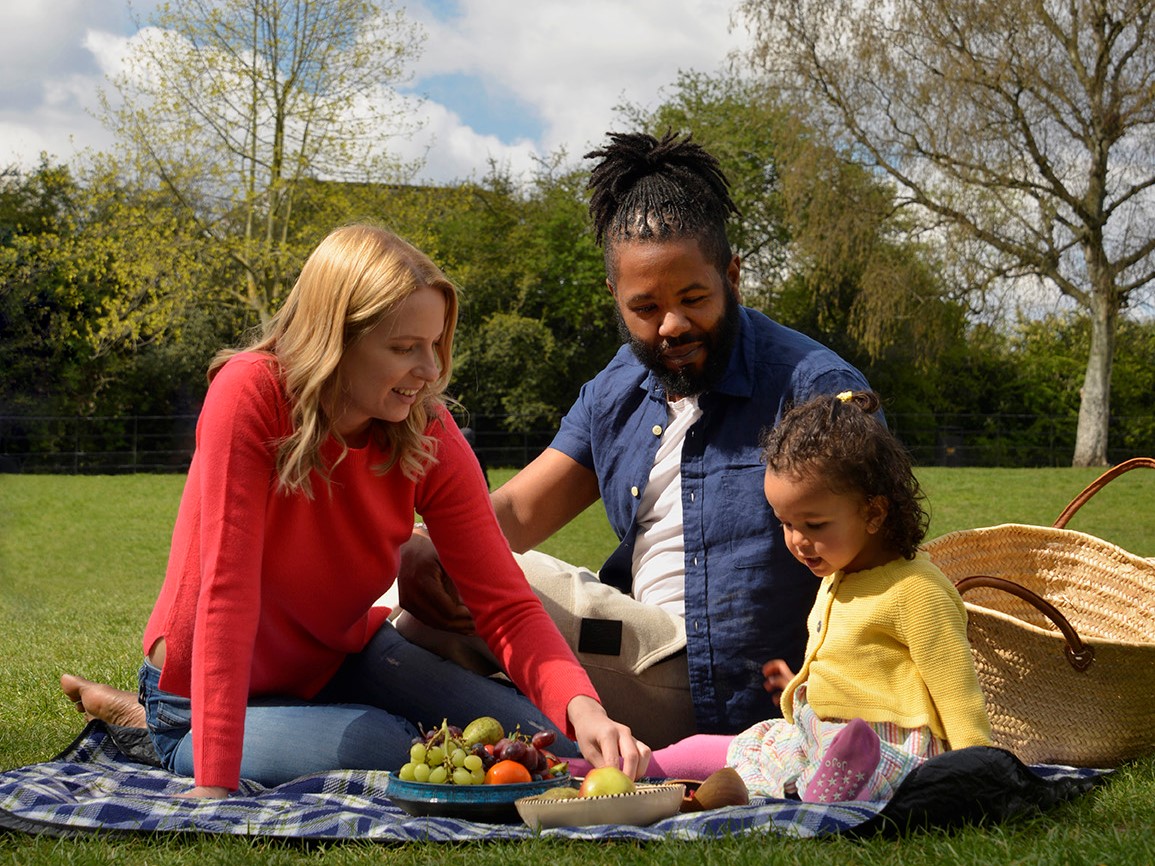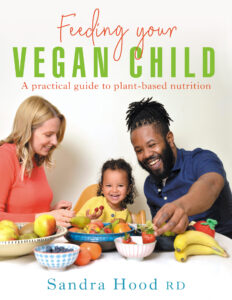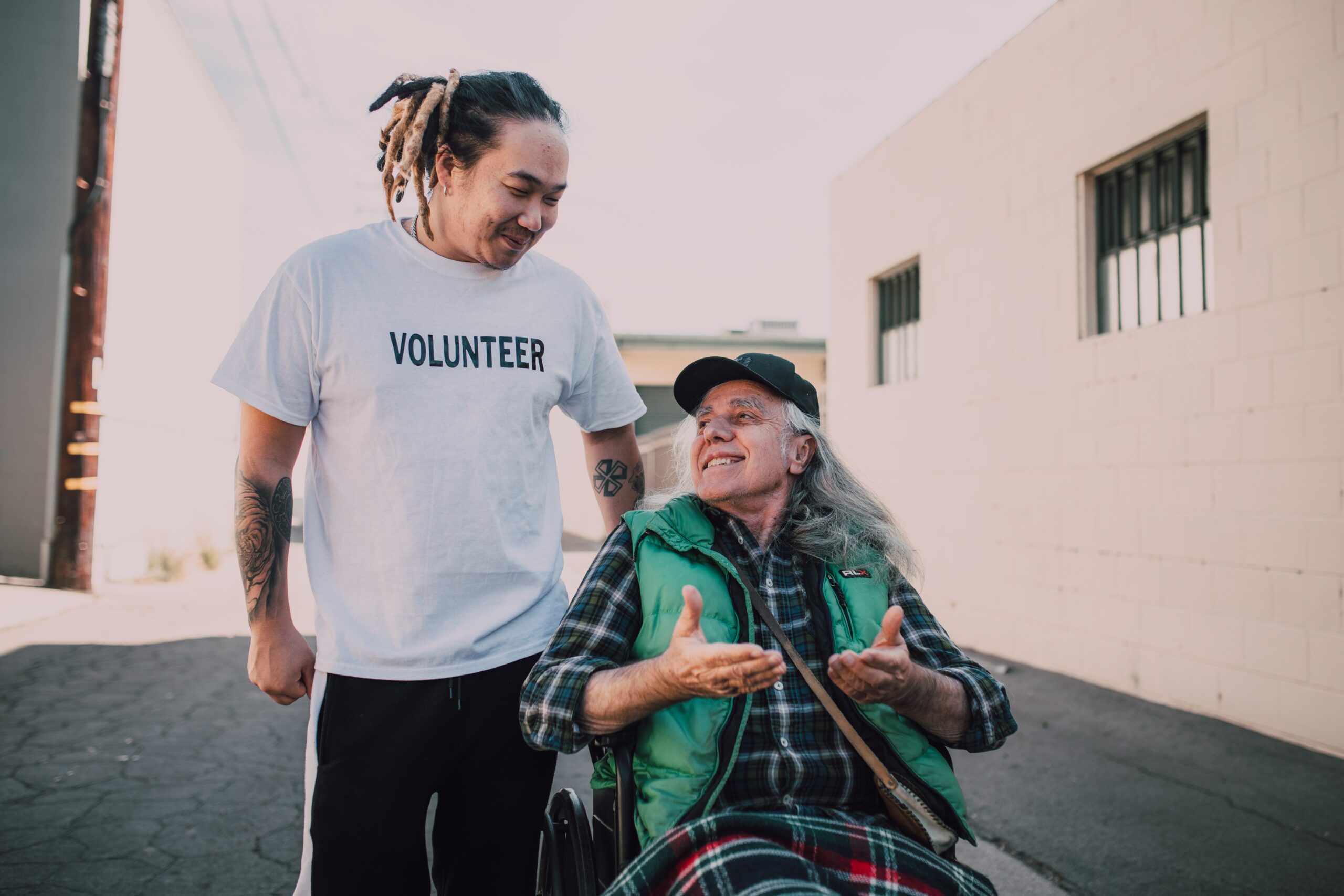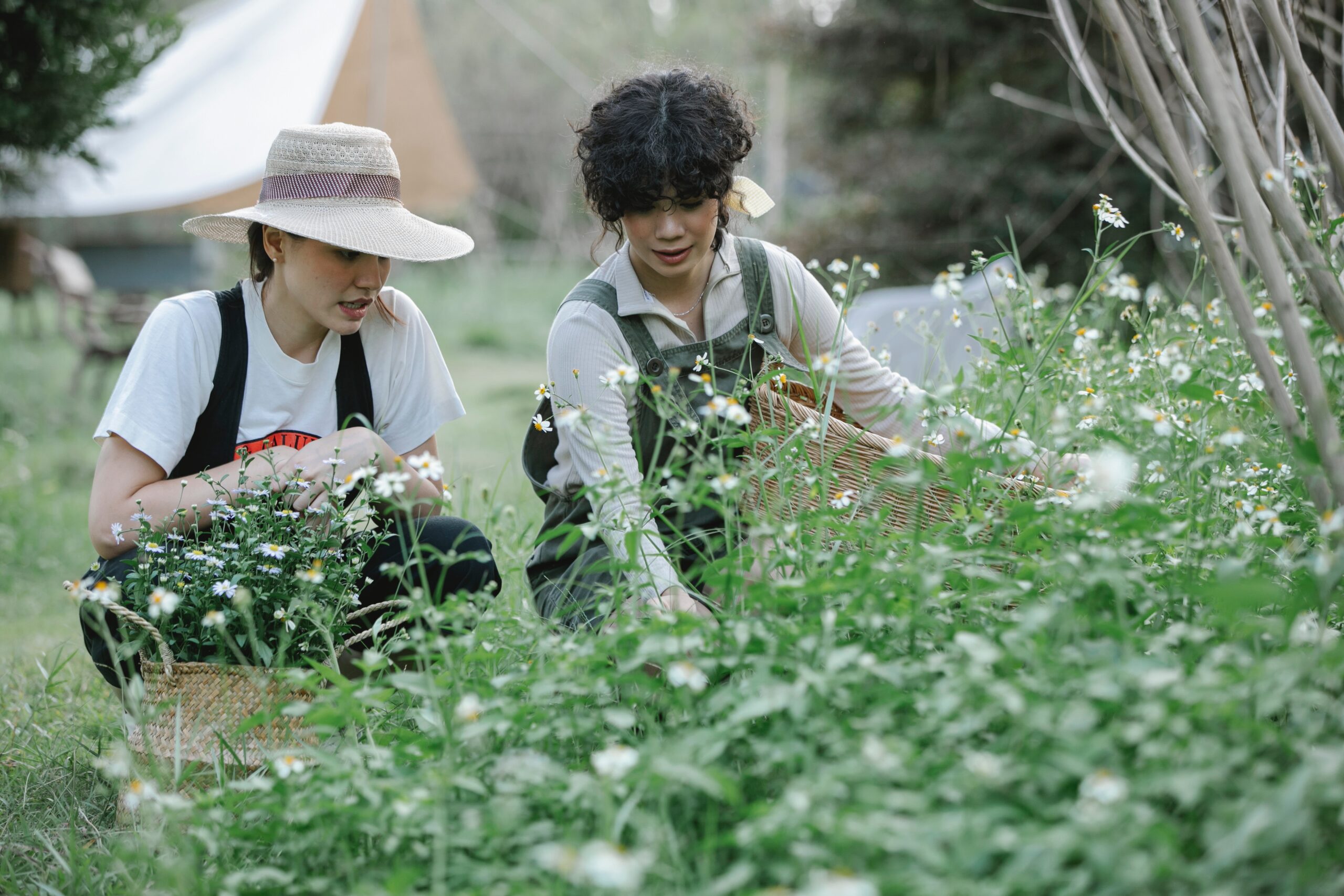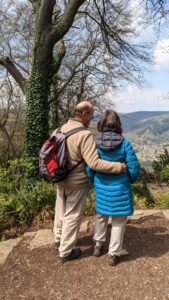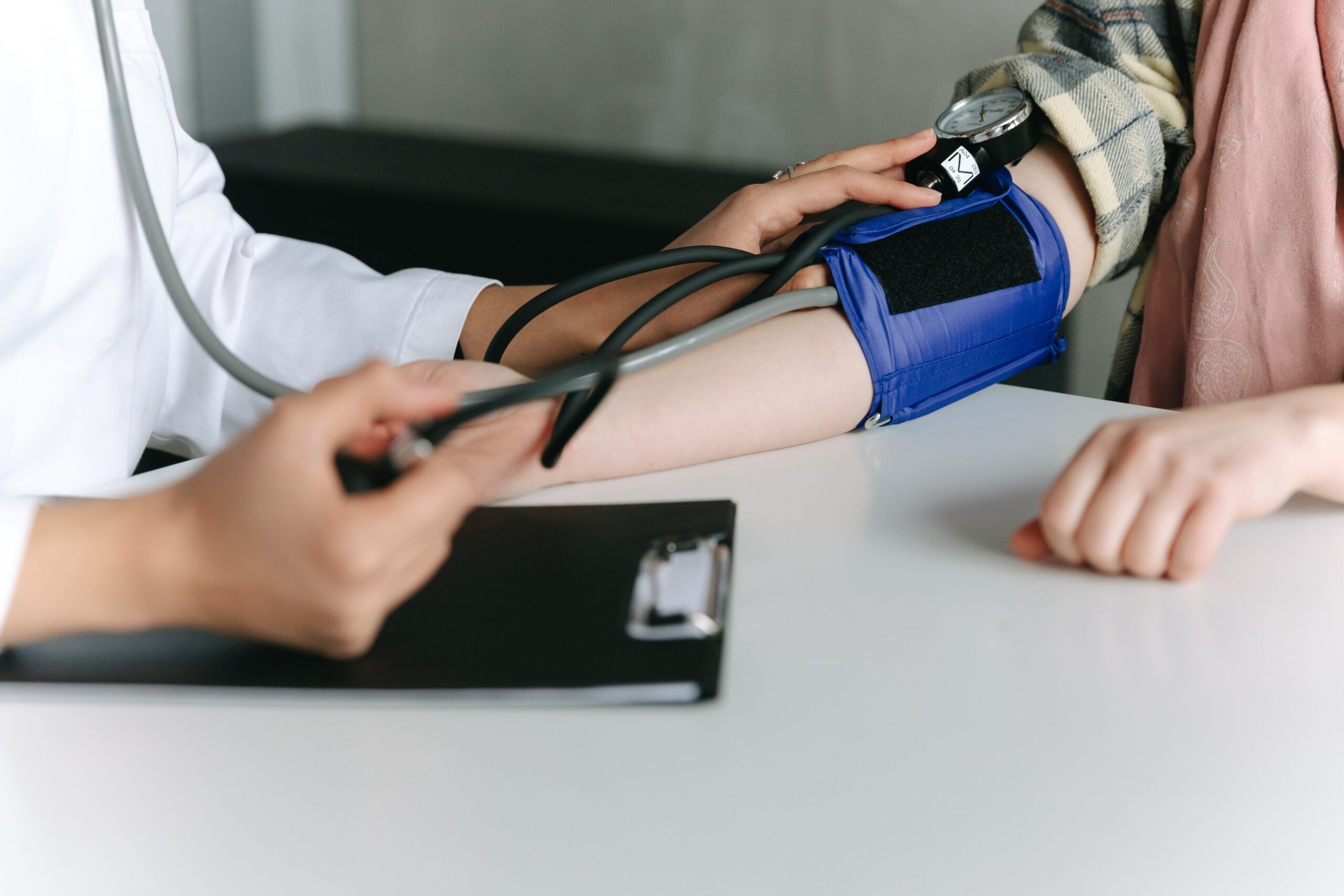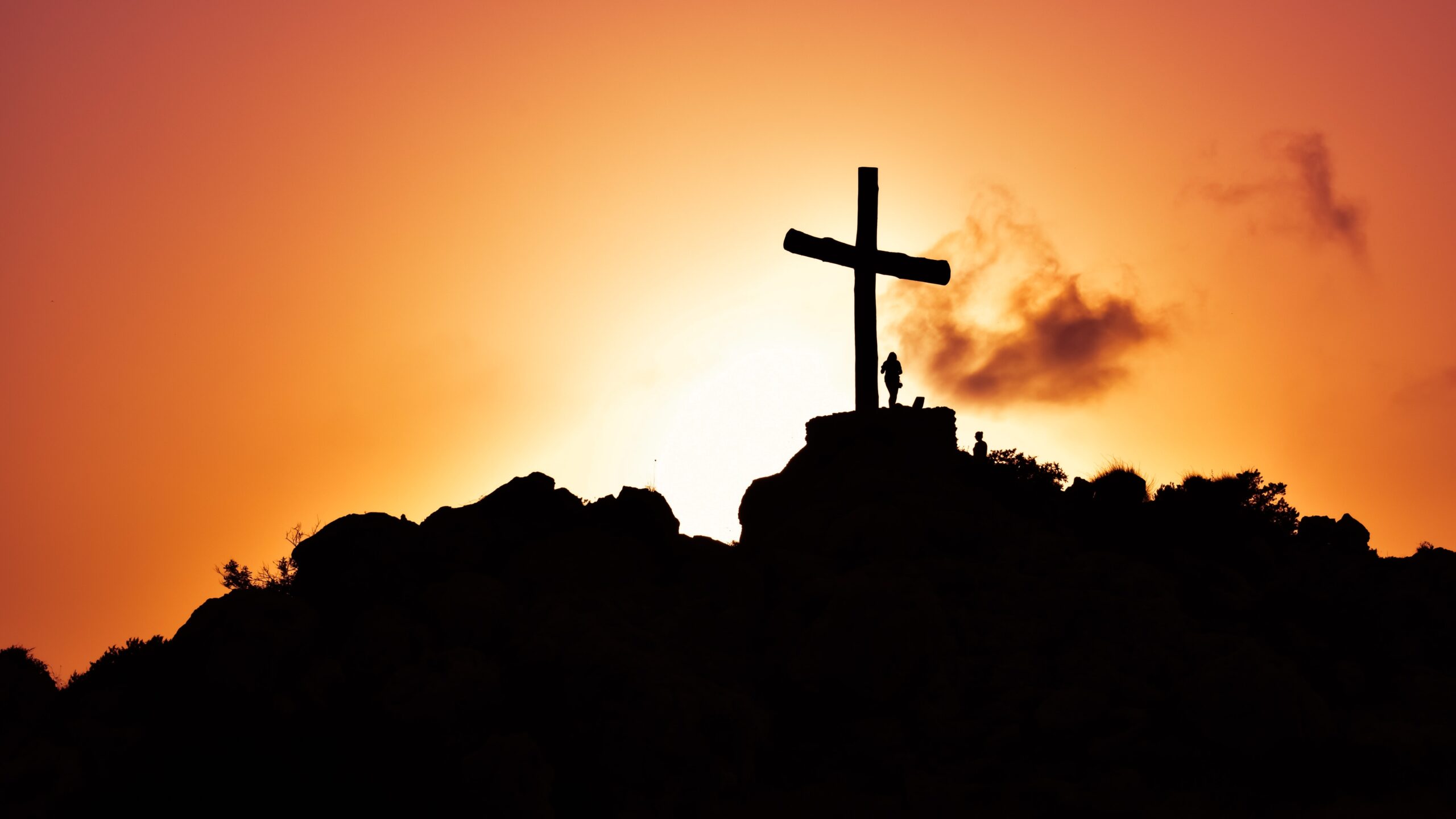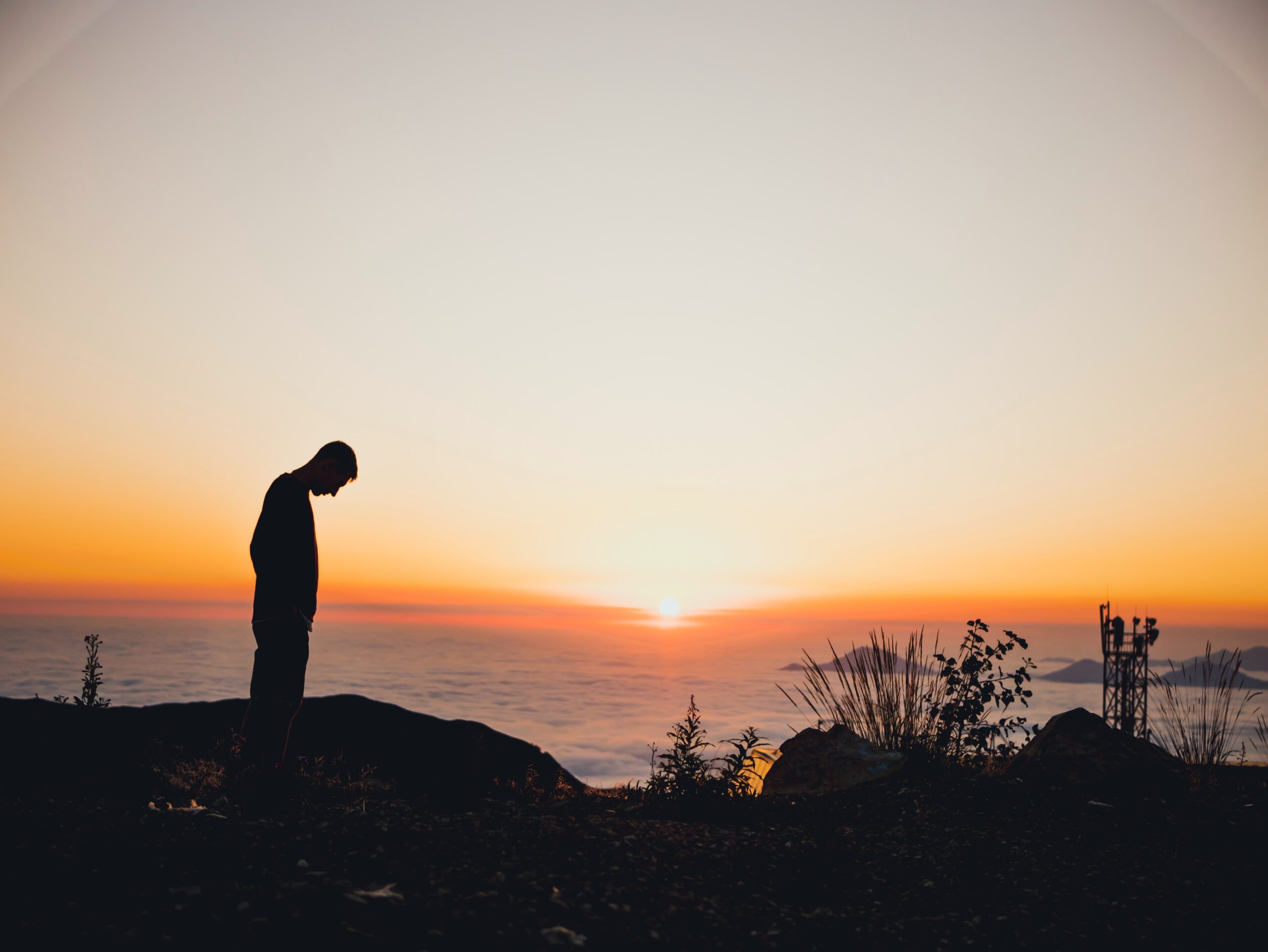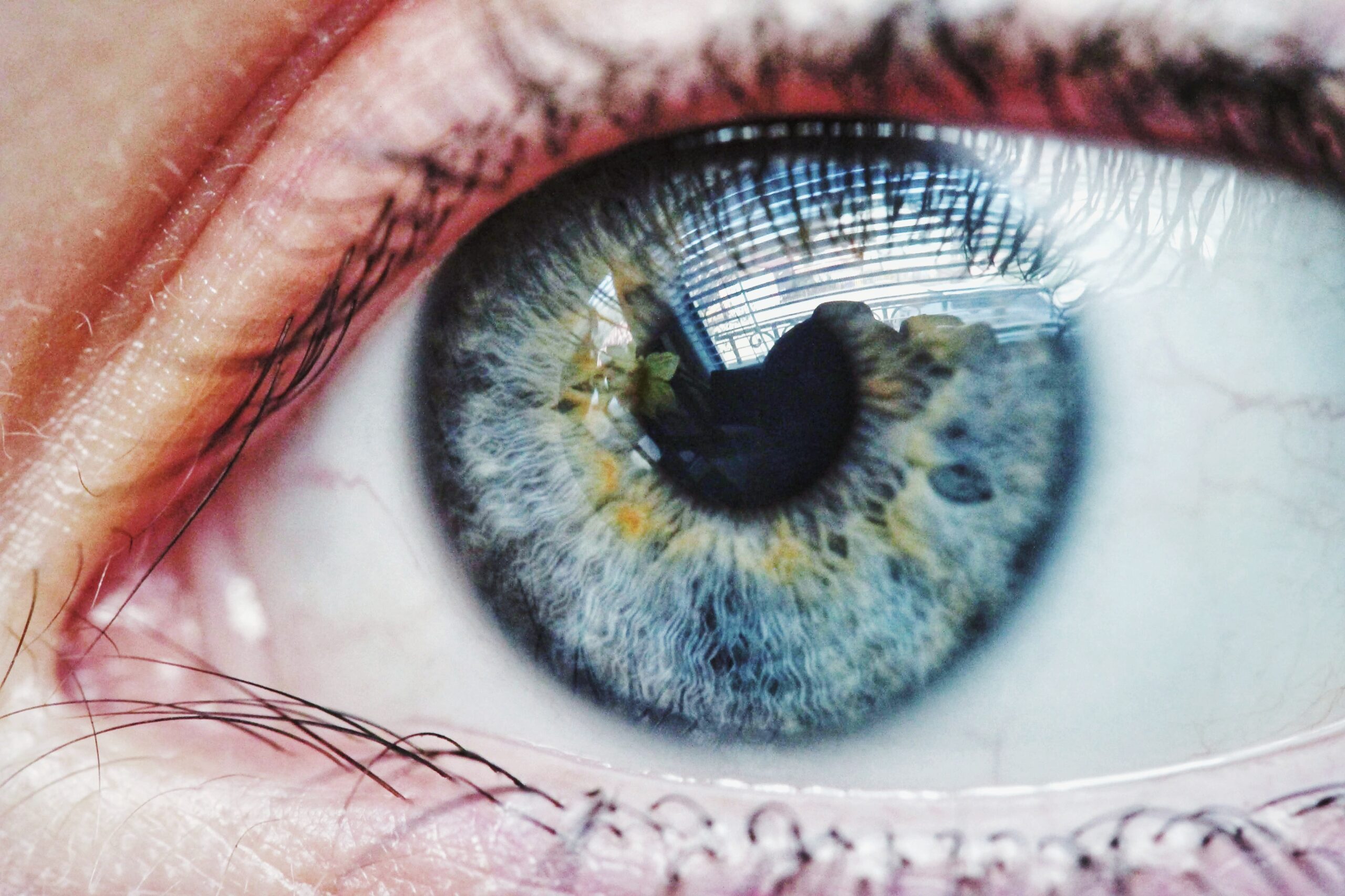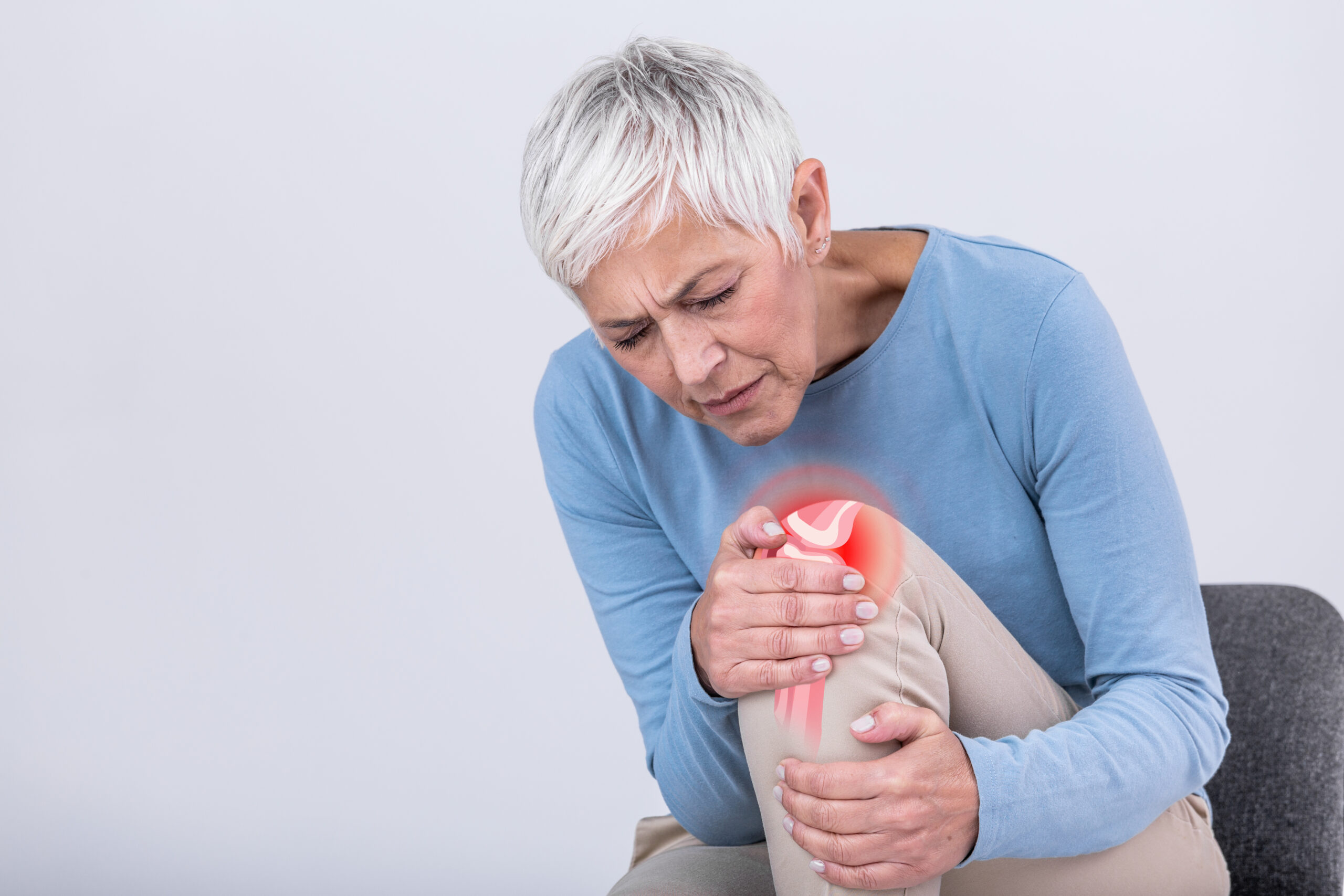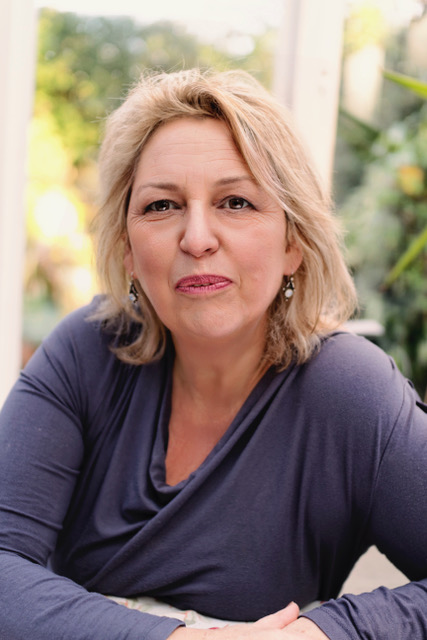
Blog post written by Sally Baker, author of Seven Simple Steps to Stop Emotional Eating and How to Feel Differently About Food with Liz Hogon.
I decided to stop drinking for a while.
There was no set target on the number of days I planned to stay abstinent because I wasn’t confident I could last even seven days. I thought I had a normal relationship with alcohol as a social drinker, but I didn’t want to put too much pressure on myself.
I’ve now been sober for more than one hundred days.
I had been aware for a long time that there was a part of me that was too eager to pour a glass of wine every night.
Without consciously acknowledging it I’d begun marking the end of my working day and the beginning of an evening’s relaxation with a glass of wine.
It was easy to justify to myself what I considered was my light-weight drinking habit as I know so many of my women friends drink much more. It’s a self-deluding game to play.
Opportunities for excess were certainly more common in my twenties and thirties, but if I was feeling happy or reckless I would press my internal ‘fuck it’ button. Then I wouldn’t want to stop drinking, laughing, dancing or even to go home.
Abnormal drinking has been normalised
As a therapist, I have clients who black-out from drinking. Or wake up naked in strangers’ beds with terrible hangovers, struggling to recall names or even the events of the previous evening. They all tell me they think their drinking habits are pretty normal.
Sometimes people come to see me because their insomnia is ruining their lives and they have crippling anxiety. If they speak about their desire to cut down their drinking or take a sobriety break it tends to emerge later. People rarely identify their use of alcohol as the root cause of mental health challenges.
Working therapeutically with clients to help them transform their relationship with booze made me sober curious.
I also know when I recommend a period of total abstinence to a client they are often anxious about being able to manage even a few days without drinking and would much rather cut down or limit the number of drinks they have during a session than go without completely.
For my own authenticity, I wanted to know and understand what teetotal felt like and the challenges it involved, so I set about going without booze just like they tell you in Alcoholics Anonymous — one day at a time.
Day 1
I’m not drinking but it feels like an energised state in as much as I’m very aware I’m not drinking. I’m counting days and I’m using red dots in my desk diary to signify days of no drinking.
It feels okay. I’m interested in my progress and feeling a bit like a lab rat observing myself and how all this feels.
Day 8
I’ve felt more tired since I’ve stopped drinking. I’ve wanted to go to sleep earlier at night and sometimes even had an afternoon nap. I feel slightly despondent as I thought I’d have more energy not less.
Other than that I’ve not noticed feeling very much else. Wondering if, as the weather is so cold, that my feeling tired could be my natural seasonal desire to hibernate and sleep more. Hope so.
Day 12
I’m sleeping more soundly than I have for years and I’m not waking up at all during the night. Previously I would wake around three or four in the morning and then struggle to go back to sleep. These days I’m sleeping for England!
Day 14
I feel like I’m being tested this month.
In my personal life, an upsetting and not completely unexpected dispute erupted over some legal and financial arrangements.
Professionally, the marketing mentors I was thrilled to have working with me for over a year have badly let me down and we’ve parted company.
To say I’ve been having a trying time would be an understatement.
It would have been very easy to drink more with this all going on around me. I feel really appreciative that I’m not drinking at all. I feel confident I can trust and fully own my emotional responses because I feel clear-headed. I love not drinking — hey who knew!
Day 18
I am naturally waking consistently an hour earlier in the morning — every day.
I’ve been using EFT (Emotional Freedom Technique) for several days in a row to work through some of the painful emotions I’ve been experiencing from the fall-out to the events in my personal and professional life.
I’ve been embracing all of these feelings as a way to face up to them and do the work to get clear. There is no hiding. I’m accepting negative emotional triggers as the gift they are to see where clearing work needs to be done and getting on with it.
Day 24
I notice that I experience moments of feeling awesome, energised and really healthy. They are fleeting but savoured and highly prized.
Day 34
Not drinking feels much more normal now. Abstinence has lost its high energy status and I’m feeling much more relaxed about it. I am now really fussy about having classy, high quality chilled bottled water on the table at dinner with lots of ice and slices of fresh lemon or lime. It feels like a treat.
Day 37
Still sleeping well. I rarely wake in the night now. Not feeling particularly energised when I wake in the mornings though and, without alcohol, I feel tired earlier in the evening. Perhaps this is just my new normal but it’s hardly thrilling. If anything, not drinking feels slightly underwhelming.
Day 40
It feels a bit like a watershed day as I’ve had the realisation that I’m waking every day clear-headed and energised. It feels like my new normal plus feeling more energised and positive in the afternoon too. All of these feelings might be the holy grail I’ve been waiting for.
Day 65
Being sober feels completely normal now, so much so I hardly even think about drinking at all. That old trigger of preparing dinner comes and goes without me missing a glass of wine at all.
I can even sit in pubs and bars with my husband or with friends and it’s fine. I do notice how noisy people get when they drink and how after about 9.30 pm I want to go home. Even though I might be struggling with their vibe, sometimes there is no sense of deprivation or going without for my part. Booze seems to have disappeared off my agenda.
Day 67
On numerous nights out or at dinner parties I must have tried all the alcohol-free wine out there and they all taste pretty disgusting. The small number of wine producers who create zero wine seem to be on a mission to take out the alcohol and replace it with sugar so that they all taste revolting and are undrinkably sweet.
There are a couple of pleasantly drinkable Prosecco fizzy wines that are okay but fizzy wine without the accompanying fuzzy feelings from imbibing the alcoholic versions leave me feeling a bit flat.
Day 68
There are more alcohol-free beers available now than ever before. Most of the big breweries seem to be producing their own version of a zero beer but many seem to brew it just to tick a box and they seemingly don’t care how awful they taste.
Microbreweries tend to try harder and are better tasting. Some alcohol-free beers successfully achieve the criterion of looking like an appetising beer and some even taste pretty much like beer.
Ultimately though it doesn’t matter how good the facsimile of a beer or wine or even gin is, I resent their empty calories and their carb load without the benefit of making me feel different.
Of course, none of the alcohol-free drinks out there causes a change of state and that is why most people drink — to create a change in how they feel and, without that, booze is pretty boring in and of itself.
Day 70
My favourite drink now is Angostura Bitters with ice and soda water and fresh lime. Looking at it mixed in a glass it could even pass as a proper grown-up drink and so, having surveyed all the fake beers and wines, I’ve embraced that I’m not actually a drinker any more and let go of the fantasy of fake alcoholic drinks.
Day 80
I’ve noticed I’m far more awake in the evening and more alert in the mornings too. I barely ever think about drinking and although I’ve had plenty of opportunities to drink alcohol I haven’t been tempted once.
I no longer make a note every day that I’m not drinking as it just feels very normal.
Day 90
The strangest thing has happened. I used to never ever remember my dreams. I know we all dream every night when we sleep but for years I would remember only one or two dreams every few months. Now when I wake I remember what I have dreamt!
I love having access to my dreams and now I regularly wake and can recall them I realise what a loss it was all those years not being able to access that part of my subconscious processing. I’m really thrilled to have my dreams back.
Day 100
I’m ready to say goodbye to alcohol without a backward glance — taking it one day at a time, of course, for as long as I want, and I’m excited to face the prospect of my future as a non-drinker. I never thought I’d ever say that when I embarked on this experience over one hundred days ago.
If you think you have normalised your own drinking and you know alcohol is adversely affecting your life and your relationships, you too could benefit from taking a break from drinking too.
Useful contacts for alcohol problems (UK)
- Drinkline is the national alcohol helpline. If you’re worried about your own or someone else’s drinking, you can call this free helpline in complete confidence. Call 0300 123 1110
- Alcoholics Anonymous (AA) is a free self-help group. Its “12-step” programme involves getting sober with the help of regular support groups.
With thanks to www.nhs.uk
If you realise you have normalised your drinking habits and need to take a break or recalibrate your relationship with alcohol book an obligation free discovery call with me via the link on this page.
Sobriety isn’t for everyone nor does it need to be forever. Make that call now.
